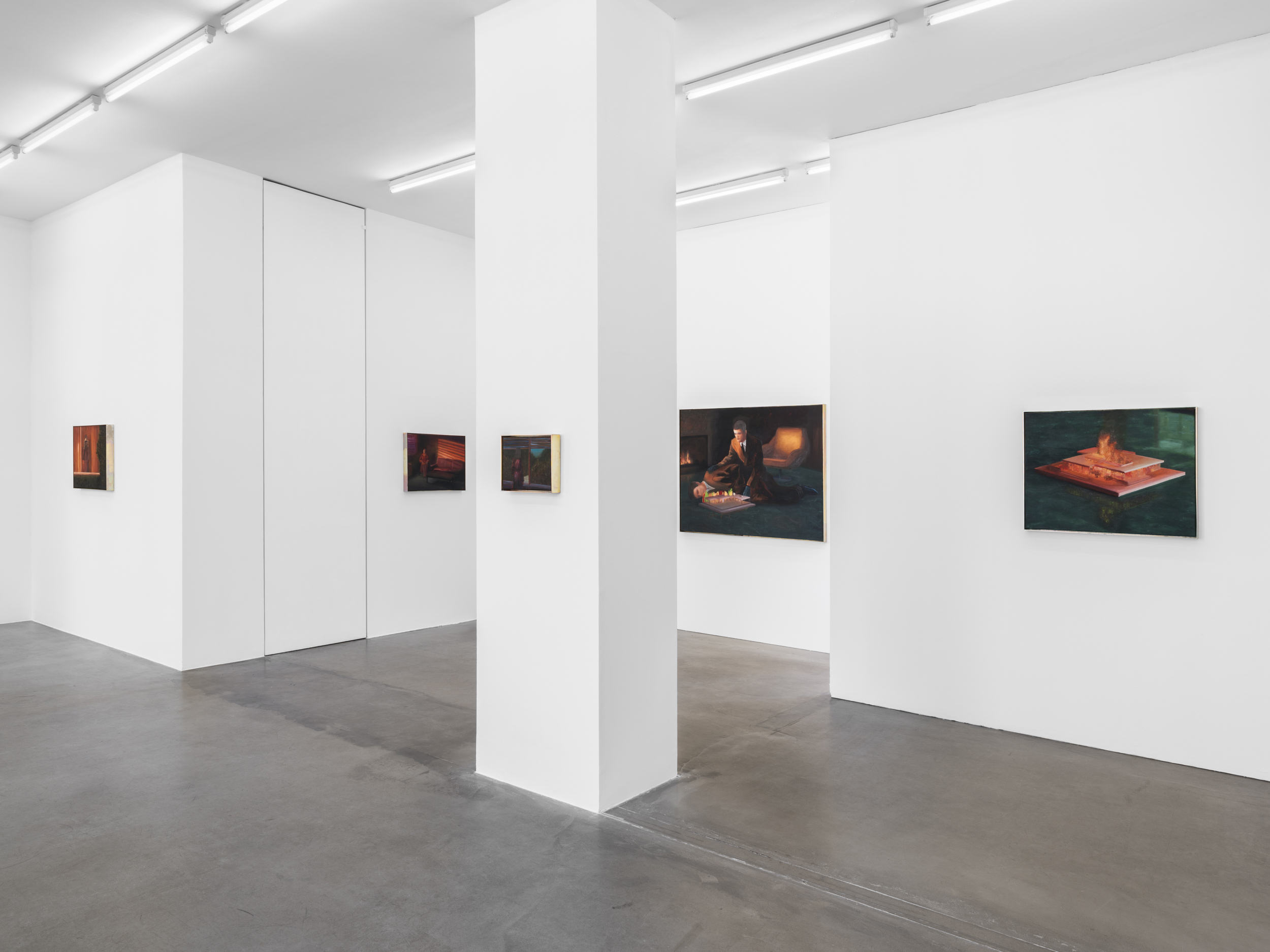solo show at Anton Janizewski Berlin during Berlin Art Week 2025
2025, documentation of the exhibition (LINK)
contemporary art library (LINK)
© repro Image Credits to Jana Perusich
© installation shots Image Credits to Julian Blum @exhibitiondocumentation



“The Tape Recording”, 2025, oil on linen, 24 x 30 cm, galvanized steel frame
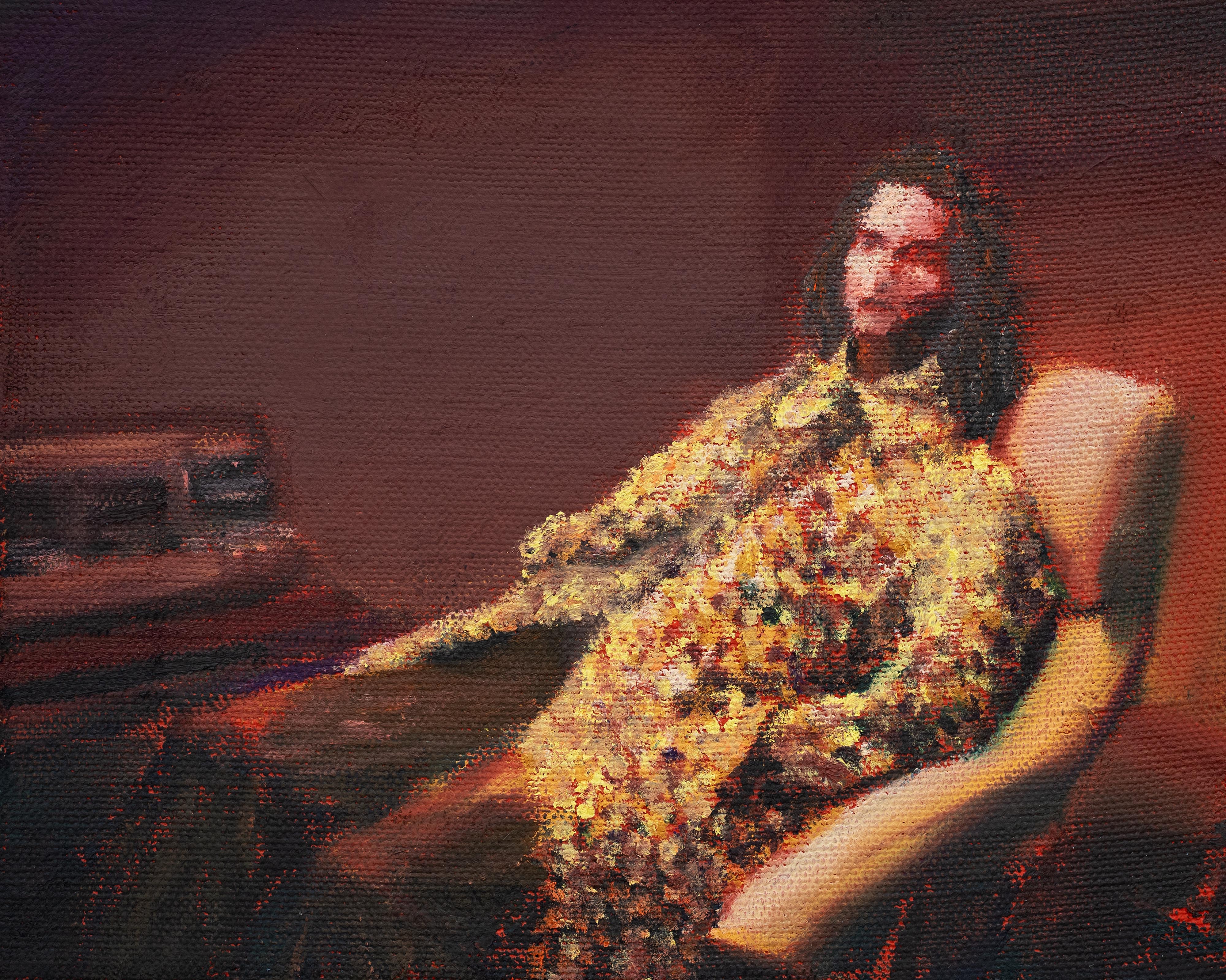


“The Architects”, 2025, oil on linen, 140 x 170 cm, galvanized steel frame

“The House (The Model)”, 2025, oil on linen, 65 x 80 cm, galvanized steel frame
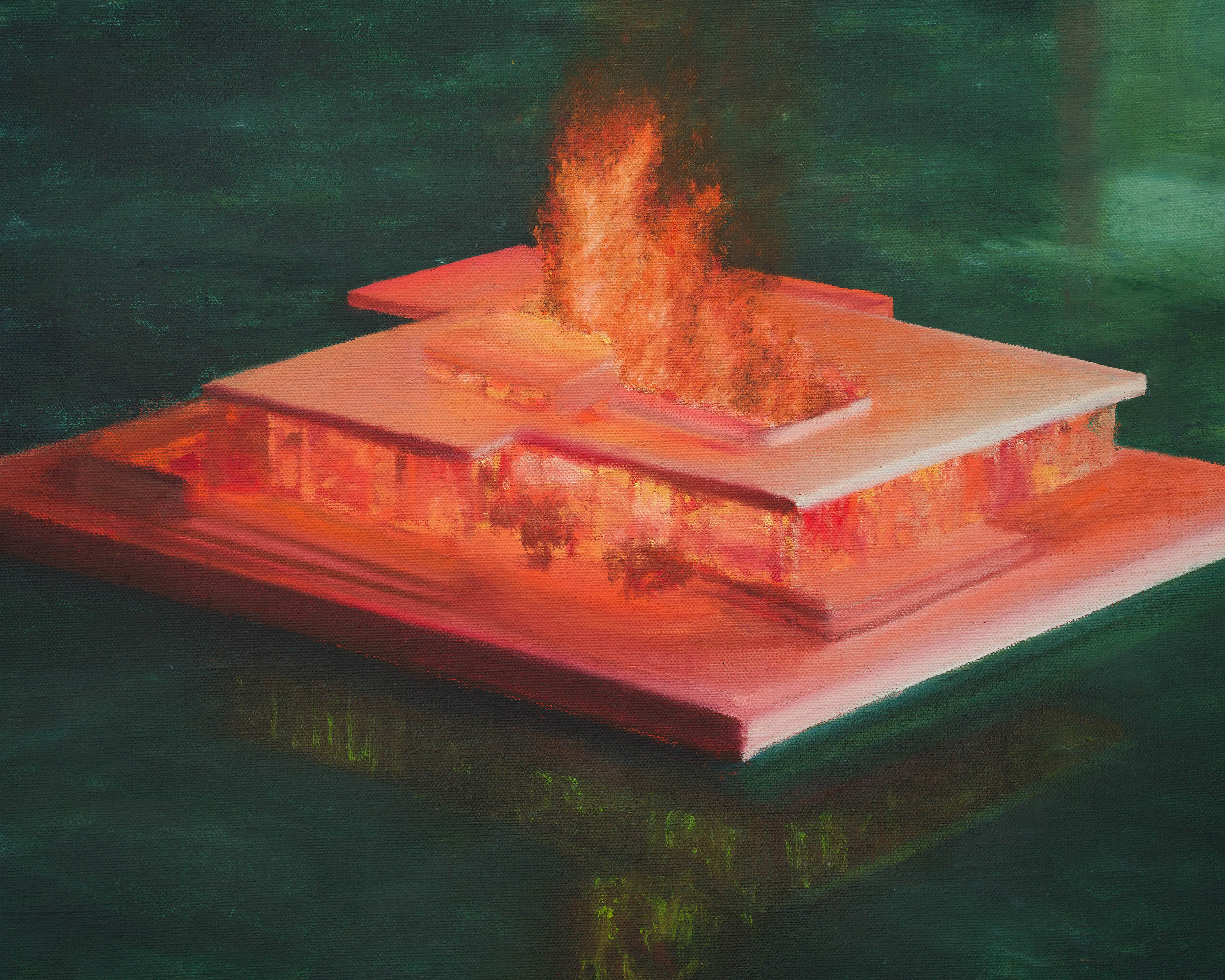
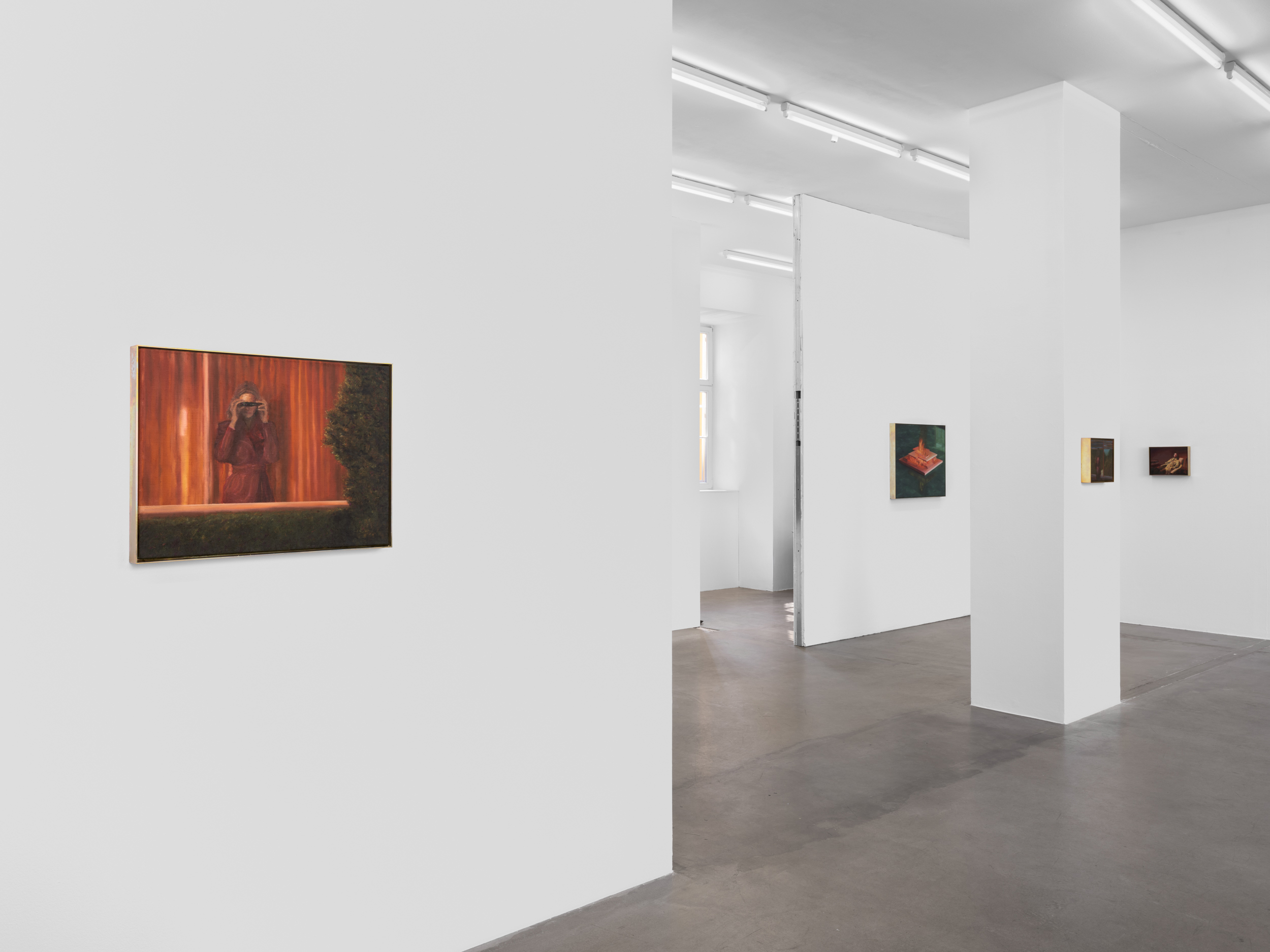

“Look Who’s Talking”, 2025, oil on linen, 50 x 65 cm, galvanized steel frame



“The Architects II”, 2025, oil on linen, 110 x 140 cm, galvanized steel frame

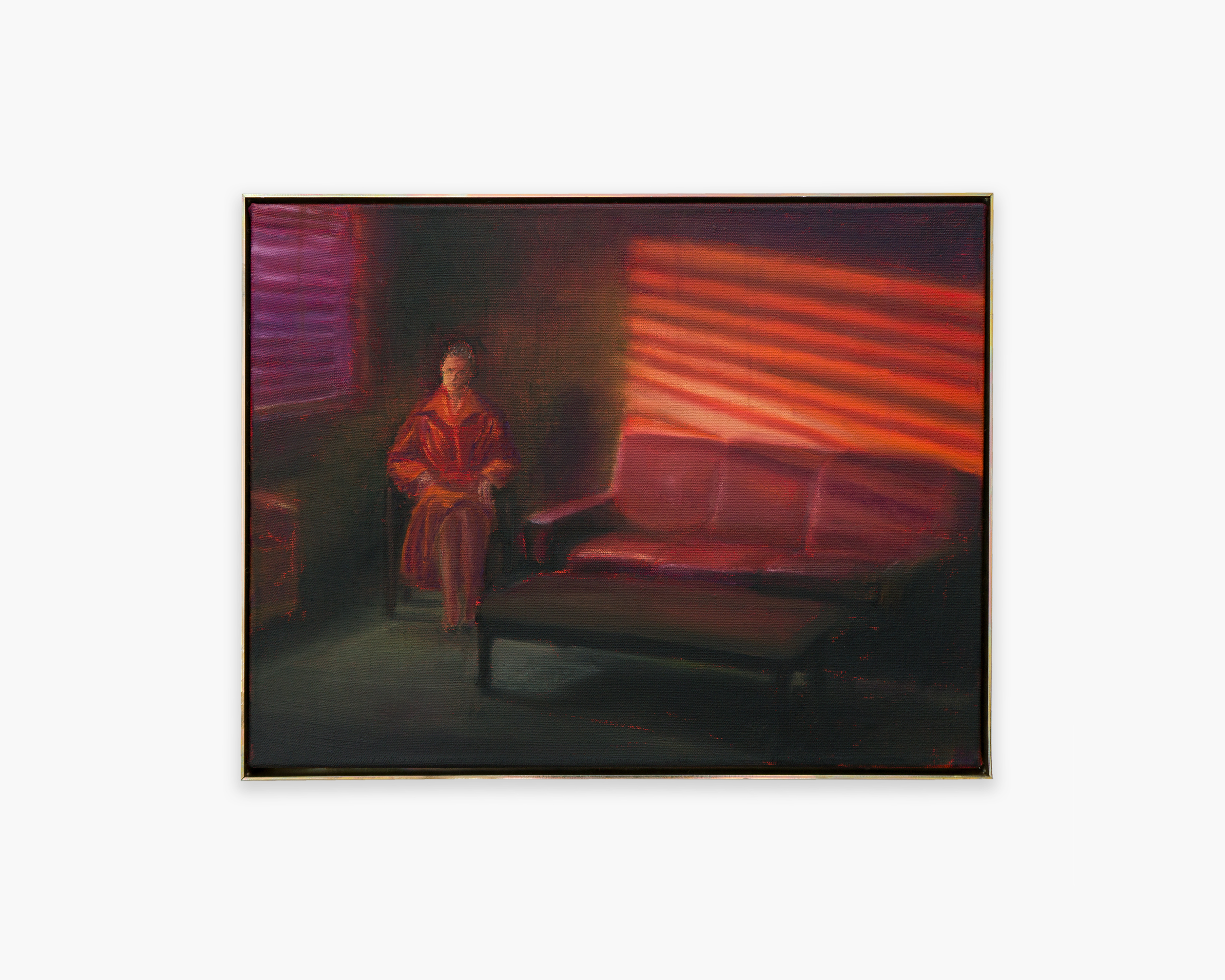
“Die Restwärme” (”Residual Heat”), 2025, oil on linen, 50 x 65 cm, galvanized steel frame



“Die Allee” (”The Alley”), 2025, oil on linen, 24 x 30 cm, galvanized steel frame
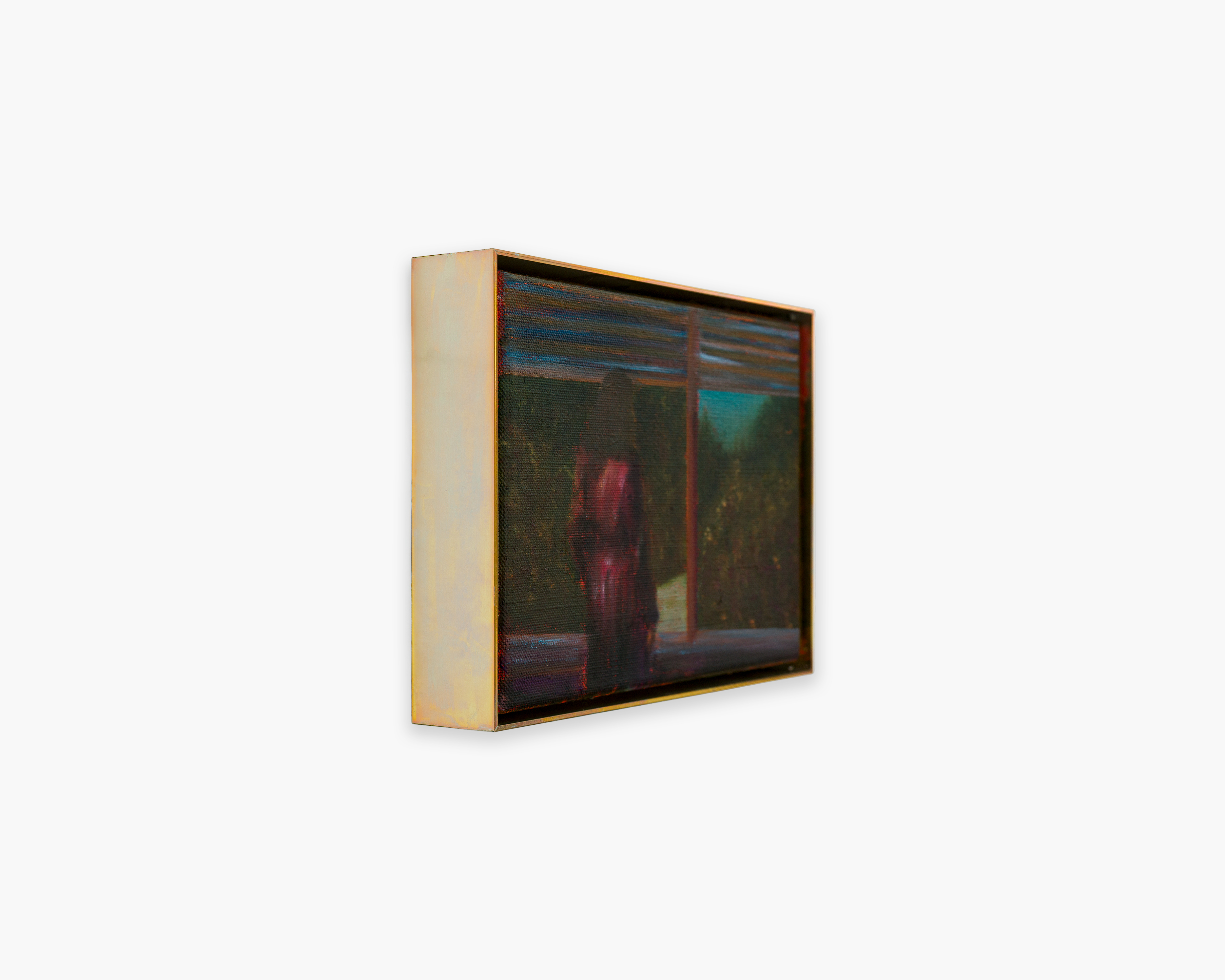

“The Calling”, 2025, oil on linen, 65 x 80 cm, galvanized steel frame



“The Model (The House)”, 2025, oil on linen, 65 x 80 cm, galvanized steel frame
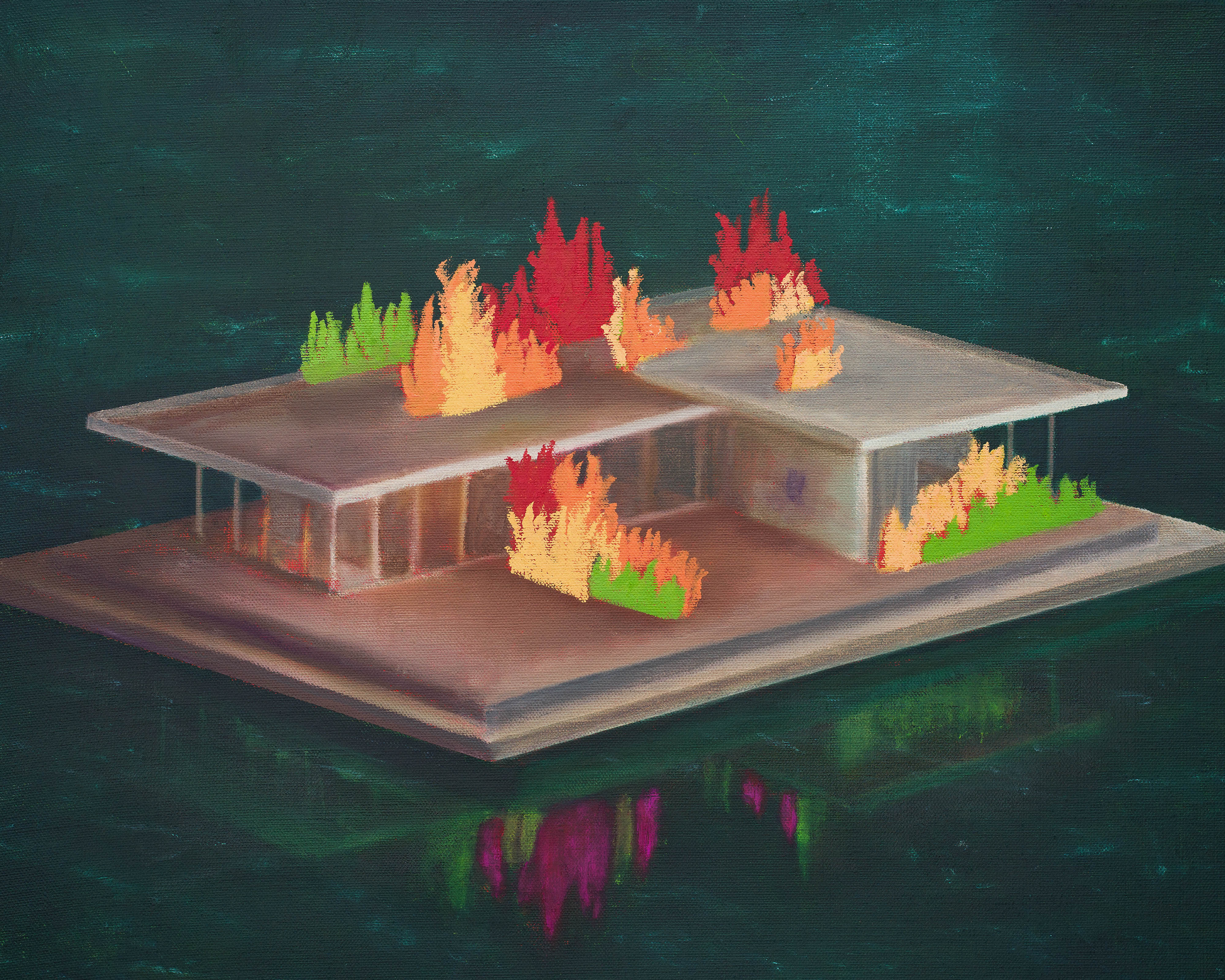

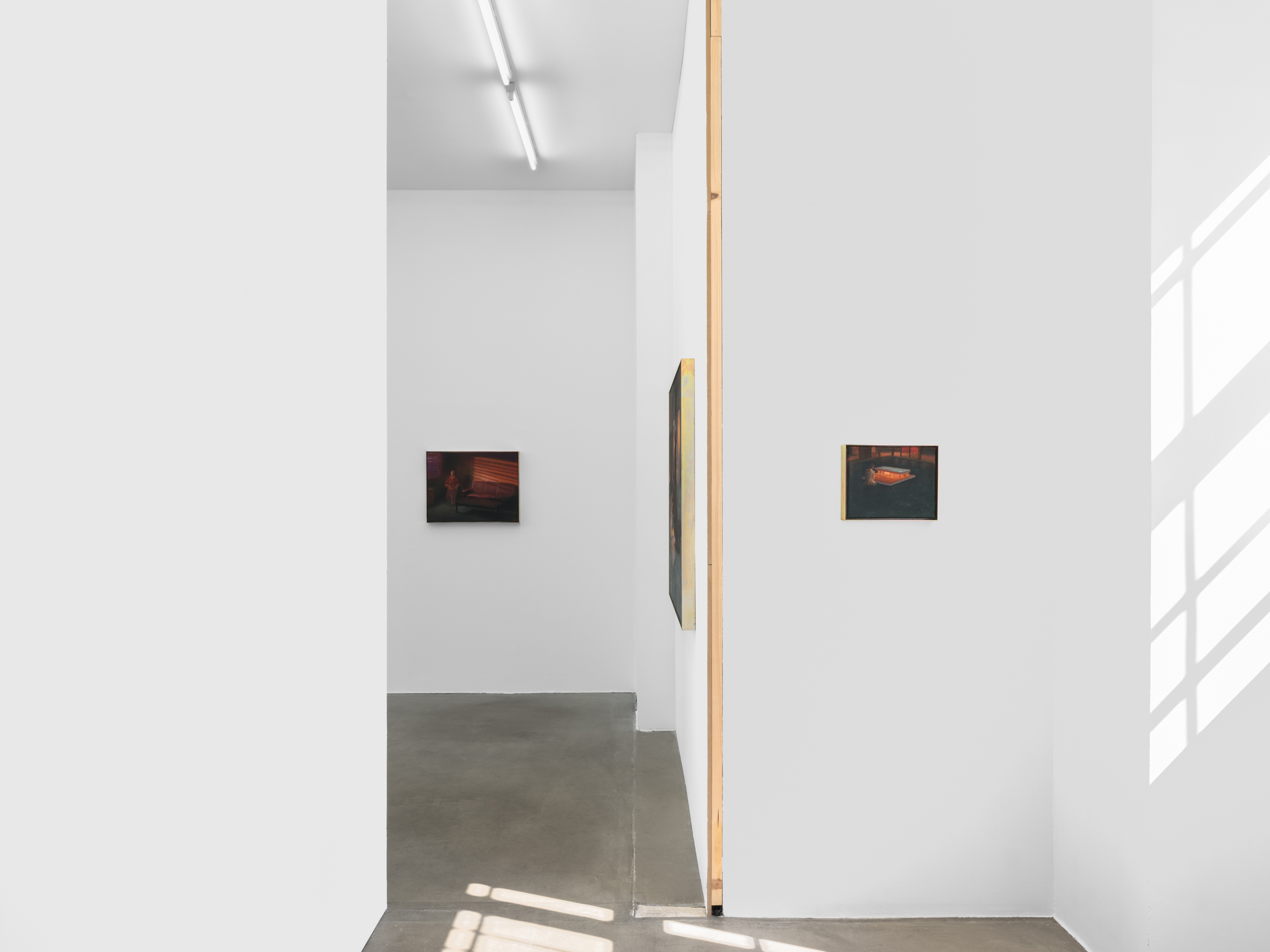

“Outisde In”, 2025, oil on linen, 24 x 30 cm, galvanized steel frame

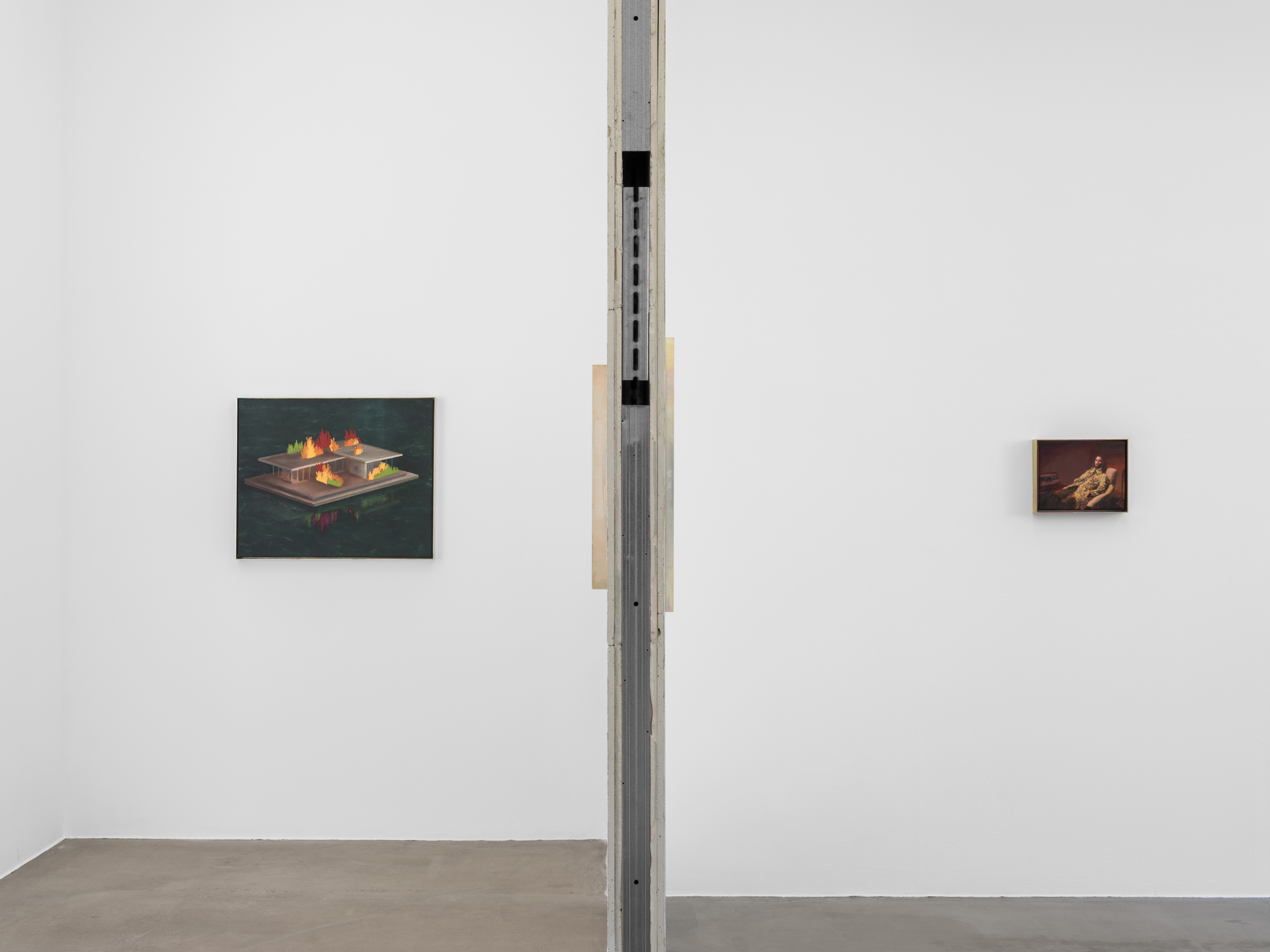
The
title of Marc Henry’s solo exhibition Theory of the Fine People at
Galerie Anton Janizewski refers to Thorstein Veblen’s The Theory of the
Leisure Class, first published in 1899.The American economist describes here the mechanism of
conspicuous consumption, in which luxury goods function as markers of social
distinction. Clothing, architecture, and art – all serve as visible codes of
separation for the “leisure class”.
Henry’s
paintings take up these codes and translate them into pictorial spaces that
appear familiar yet verge on the surreal. Elegant interiors, modernist
buildings, or burning architectural models provide the setting. Figures inhabit these spaces like stage characters –
more archetypes than individuals – their rigid gazes recalling Edward Hopper.
Some scenes resemble snapshots of everyday familiarity, while others are
charged with subtle tension: figures wear glasses or leather gloves that create
a sense of distance, and artificial lighting heightens the impression of
theatrical staging.
Central to
Henry’s work is the play between model and reality. He constructs digital
collages from an archive of photographs, architectural fragments, private
snapshots, and found footage from the internet. The architectures are composed
of mid-century motifs – glass facades, open floor plans, design classics – which establish familiar codes without making direct
references. Printed in A3 format, these collages serve as templates in which
scenarios are tested and arranged in advance.
Transferred onto canvas layer by
layer – on coarse linen whose texture imposes a certain loss of control,
reminiscent of the grain of analog film. Figures take on a peculiar rigidity, and
the paintings resemble stills.
The works appear
staged – and they are meant to. In The Architects II, for instance, two
figures lie beside a burning model, the tragedy of a prestige project condensed
into a single scene. This is intensified by a cinematic light, at times almost
Lynchian. Yet on closer inspection, the light betrays the illusion: shadows fall
unnaturally, spaces are overexposed – an effect that makes them appear like
dream sequences.
The series reflects on painting
itself – its role as a medium of representation, power, and wealth – while at
the same time responding to the fleeting image flows of the digital world from
which Henry draws. Elements of 1960s style blend with contemporary details,
making the scenes hard to pin down in time and deliberately staged, leaving an
undercurrent of unease. In this tension between the shiny layers of oil paint
and the fleeting nature of digital loops, painting reads as a metaphor for
Veblen’s theory of „conspicuous consumption“.
As Mark Fisher observed,
in late capitalism critique can hardly detach itself from the very structures
it criticizes. Theory of the Fine People makes this contradiction
visible: it is never quite clear whether one is looking at the model or already
at the building itself. And perhaps it is for that very reason that,
eventually, it all goes up in flames.
Text by Tabea Marschall
